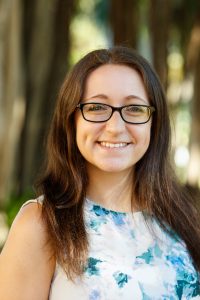The quantitative social science program provides students with the core skills and tools required to conduct the kind of sophisticated quantitatively oriented social science research increasingly in demand in today’s data-oriented society.

About the Quantitative Social Science Area of Concentration
The Quantitative Social Science program emphasizes the practical methodological components of quantitative data analysis, from research design to applied statistics, computer programming, and data management. However, Quantitative Social Science is not just the study of how to do data analysis, but also the study of why and when data analysis should be done, what its possibilities are, and its limitations. Students who study quantitative social science will emerge with a better understanding of how decisions with data get made, how to interpret the profusion of data in our increasingly digital society, how different social science fields utilize data to understand their areas of study, and how to communicate effectively and clearly with data.
This joint program of study will be of particular interest to students hoping to pursue careers in social fields requiring quantitative analysis skills such as jobs in applied psychological, social, and economic research, state or federal government, consulting, media and communications, and as analysts in a variety of fields (marketing, politics, assessment, and more). Additionally, this joint AOC may be particularly helpful for those interested in graduate school in the social sciences, where sophisticated quantitative skills are increasingly expected as prerequisites for admission.
Featured Course
POLS 3550
Quantitative Political Analysis II
This course is designed for all students who intend to conduct quantitative research in political and social science. Statistically, we will cover a number of topics, including multiple regression, regression with categorical independent variables, interaction terms, regression diagnostics, and regression with categorical dependent variables (maximum likelihood estimation.) For data, we will use a variety of major political and social science datasets, including the American National Election Studies, the General Social Survey, the Cross National Election Project, the Comparative Study of Electoral Systems, and others.
Recent courses
- Quantitative Political Analysis II
- R for GIS and Political Geography
- Introduction to Programming
- Econometrics
- Advanced Statistics for Psychology
- Big Data Economics
- Introduction to Mapping
Career Pathways
- State or federal government
- Consulting
- Media and communications
- Analysts in marketing, business, social work, and politics
Contact Us
Quantitative Social Science Faculty
Amanda Fidalgo
Assistant Professor of Political Science
Dr. Tarron Khemraj
Professor of Economics and International Studies
William and Marie Selby Chair
Dr. Sherry Yu
Associate Professor of Economics and Finance



